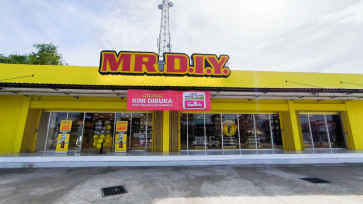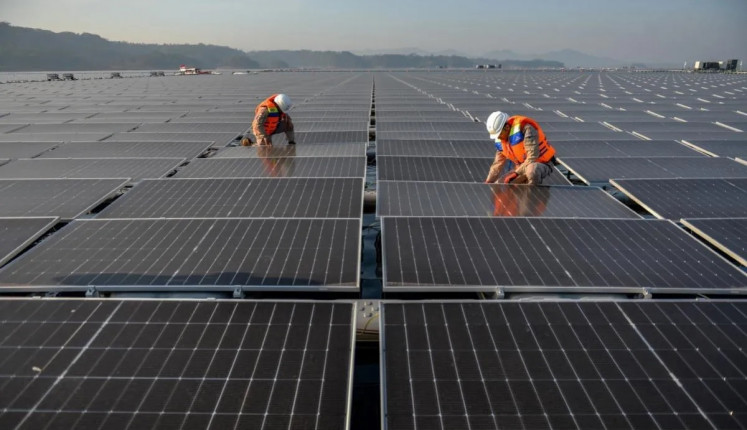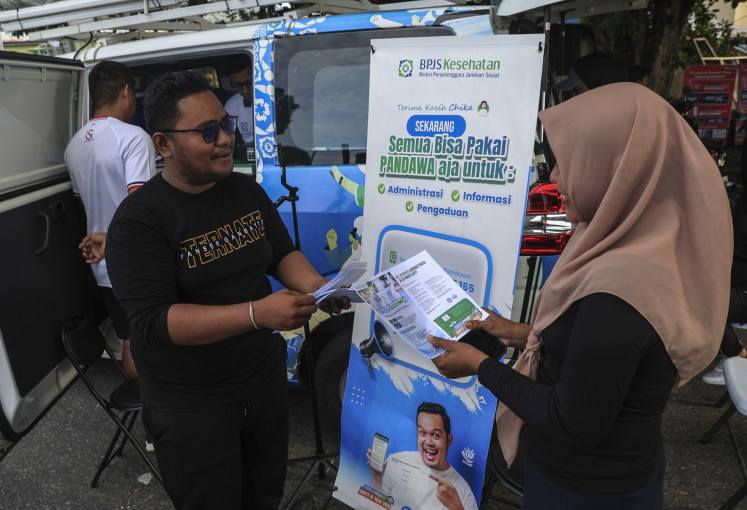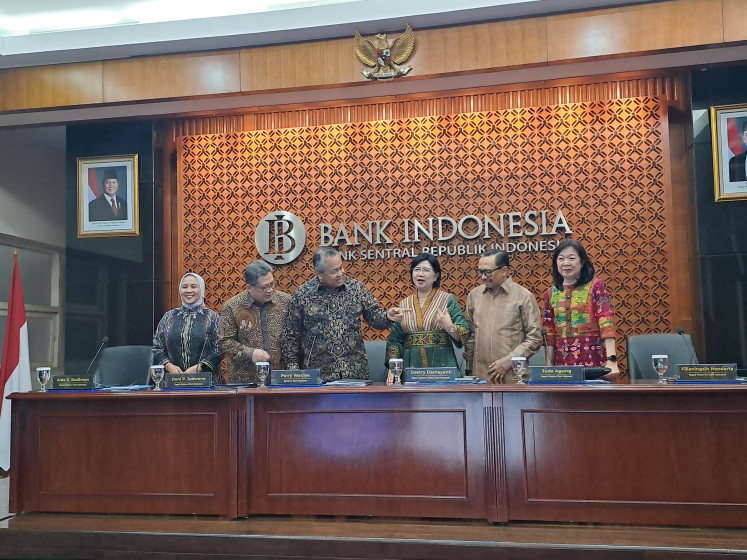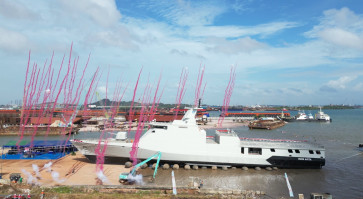Popular Reads
Top Results
Can't find what you're looking for?
View all search resultsPopular Reads
Top Results
Can't find what you're looking for?
View all search resultsUnder Prabowo, Indonesia’s Navy sets sail for bigger ambitions
Frigates equipped with long-range firepower and advanced sensors, alongside heavyweight corvettes are expected to spearhead Indonesia's blue-water fleet capable of sustained Indo-Pacific operations.
Change text size
Gift Premium Articles
to Anyone
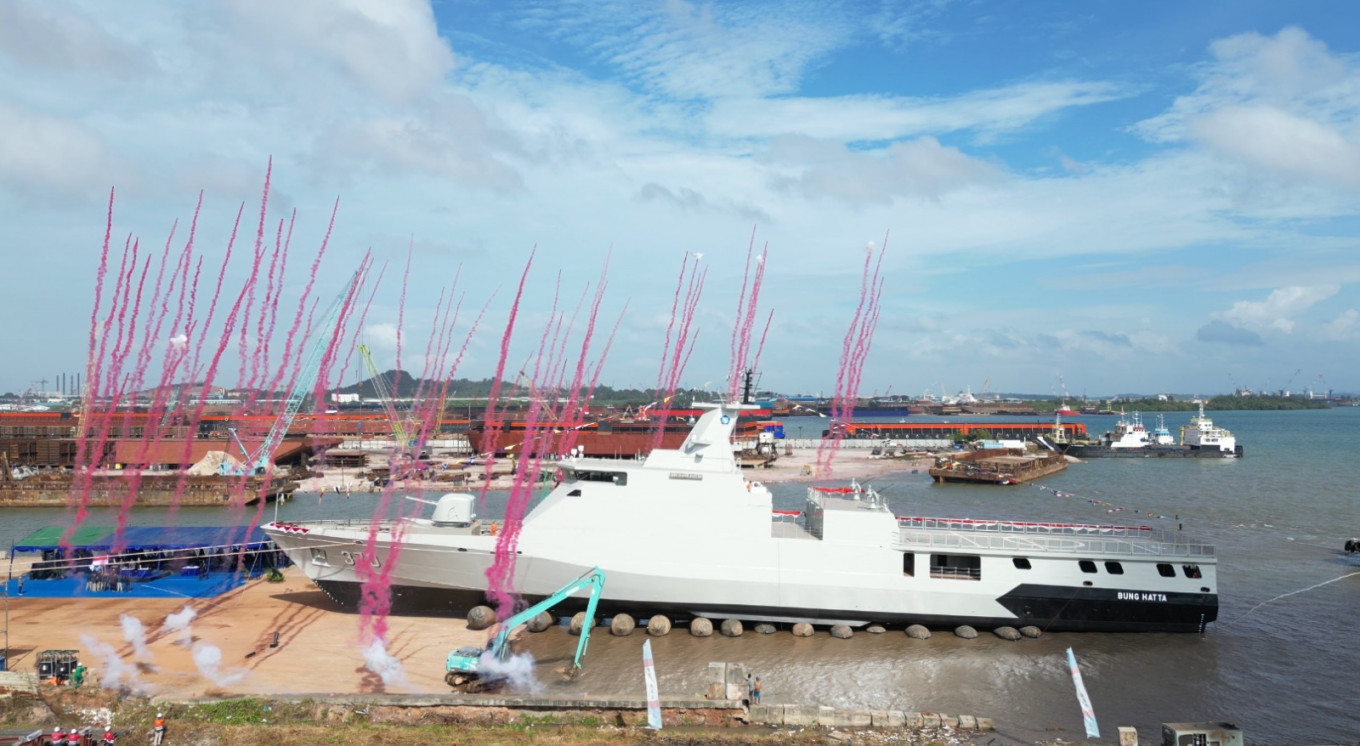 Fireworks accompany the launch of the Indonesian Navy's newest warship, the KRI Bung Hatta corvette on Feb. 27 at PT Karimun Anugrah Sejati shipyard in Batam, Riau Islands. Navy chief of staff Adm. Muhammad Ali launched the second ship from the domestically built Bung Karno-class corvette. (Courtesy of Indonesian Navy/-)
Fireworks accompany the launch of the Indonesian Navy's newest warship, the KRI Bung Hatta corvette on Feb. 27 at PT Karimun Anugrah Sejati shipyard in Batam, Riau Islands. Navy chief of staff Adm. Muhammad Ali launched the second ship from the domestically built Bung Karno-class corvette. (Courtesy of Indonesian Navy/-)
O
n Sept. 8, a striking man-of-war with a wave-piercing double bow and an imposing bridge, unlike anything in the Indonesian Navy (TNI AL) fleet, docked at Jakarta’s Tanjung Priok Naval Base. Greeted by Defense Minister Sjafrie Sjamsoeddin and Indonesian Military (TNI) Commander Gen. Agus Subiyanto, KRI Brawijaya-320 carries a Majapahit-inspired name that speaks to Indonesia’s storied maritime past.
Its arrival from Italy marks a bold new chapter. The first of two Thaon di Revel-class (PPA) frigates from Fincantieri, with sister ship KRI Prabu Siliwangi expected to arrive in January 2026, KRI Brawijaya is the TNI-AL’s first newly built surface combatant of this scale in over four decades. Together with two Merah Putih frigates under construction at state ship builder PT PAL in Surabaya for delivery in 2026-2027, these 6,000-ton vessels will stand as the Navy’s most capable warships.
KRI Brawijaya marks a significant leap in tonnage and capabilities compared to prior acquisitions. For decades, the Navy’s largest surface combatants were the 2,835-ton Ahmad Yani-class frigates, purchased second-hand from the Dutch in the 1980s. More recently, the 2,365-ton Martadinata-class, built between 2014 and 2020, were hailed as advanced but remained light frigates derived from corvette designs.
In naval warfare, as the old saying goes, size does matter.
The PPA and Merah Putih programs embody TNI AL’s shift from a coastal defense force reliant on aging corvettes and frigates to a blue-water navy ambition targeting 2034. The naval force also aligns with the Defense Ministry’s 2020-2024 Strategic Plan, which prioritized cyber defense and maritime security in the Natuna Sea.
Equipped with mid- to long-range anti-air warfare systems (AAW), a major upgrade from the Navy’s current short-range AAW, alongside advanced sensors and electronic warfare capabilities, these ships are designed for contested waters such as the South China Sea.
Yet capability alone does not define strategy. While the next Strategic Plan (2025–2029) has yet to be published, TNI AL has declared its mid-term objective: establishing credible regional deterrence.



